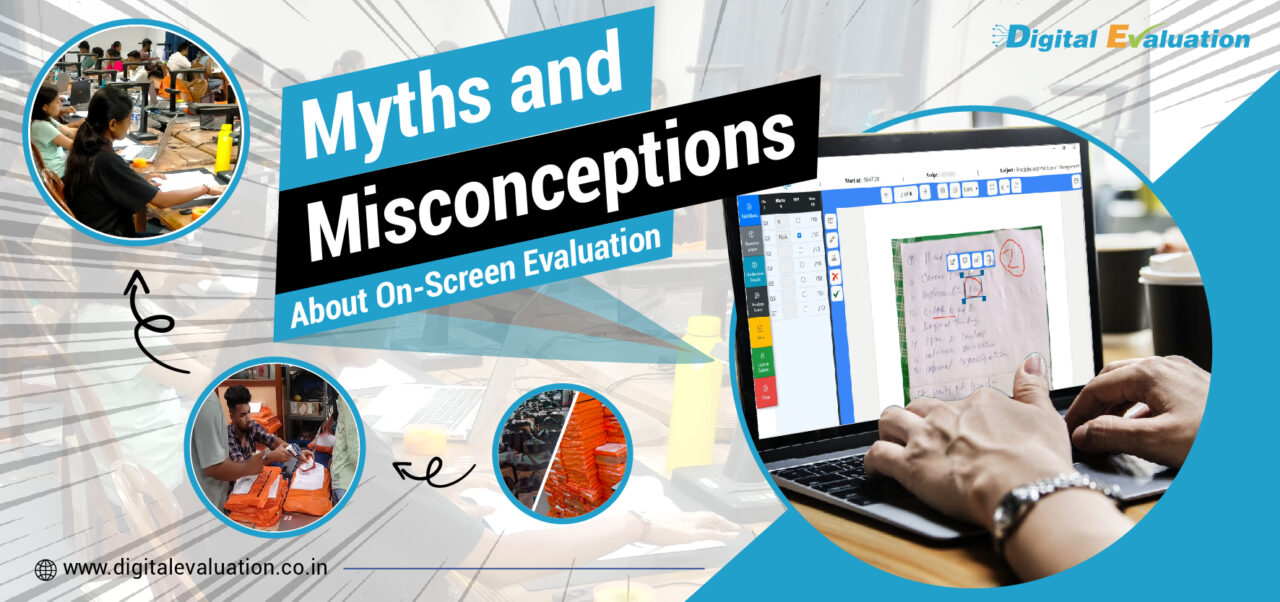As educational institutions around the world transition to digital assessment methods, on-screen evaluation systems are becoming more prevalent. However, there are still some myths and misconceptions about these systems. Here, we address some of the most popular misunderstandings using data from Learning Spiral, a leading provider of digital evaluation solutions.
Myth 1: On-Screen Evaluation Is Not Secure
One of the most common misconceptions is that on-screen evaluation systems are prone to security breaches. In actuality, Digital Evaluation by Learning Spiral uses extensive security features such as end-to-end encryption, secure login procedures, and frequent security audits. These safeguards ensure that sensitive student information is safe from unwanted access and cyber threats.
Myth 2: It’s Too Complex to Implement
Many people feel that shifting to on-screen evaluation is a complicated and time-consuming process. While it does necessitate careful preparation and execution, Digital Evaluation by Learning Spiral offers comprehensive assistance throughout the implementation phase. From thorough training programs to 24-hour technical support, their solutions are user-friendly and accessible, guaranteeing a smooth transition for all stakeholders.

Myth 3: Evaluators Will Struggle with Technology
There is a widespread concern that evaluators, particularly those unfamiliar with technology, would struggle to adjust to on-screen evaluation systems. However, the Digital Evaluation by Learning Spiral platform is intuitive and user-friendly, with capabilities that make the evaluation process easier. Furthermore, they provide intensive training sessions to enable assessors to become acquainted with the new system, regardless of their starting technological skill.
Myth 4: On-Screen Evaluation is Less Accurate
Some claim that digital evaluations are less reliable than traditional paper-based approaches. This misperception ignores the enhanced capabilities of digital evaluation systems. Learning Spiral’s digital assessment tools include uniform marking schemes and real-time moderation, all of which improve evaluation accuracy and consistency. These elements help to reduce human mistakes and provide fair judgments.
Myth 5: It’s Too Expensive
Many institutions are concerned about the cost of transitioning to digital evaluation. While there are certain upfront expenditures, Digital Evaluation by Learning Spiral offers scalable options that can accommodate a variety of fiscal constraints. Furthermore, long-term savings from reduced paper usage, storage, and logistical costs frequently outweigh the original expenditure.
Conclusion
Despite the myths and misconceptions, on-screen evaluation systems provide various benefits, including increased security, efficiency, and accuracy. Digital Evaluation by Learning Spiral dispels these stereotypes by providing dependable, user-friendly, and cost-effective solutions adapted to educational institutions’ requirements. By embracing digital evaluation, institutions may improve their assessment processes and produce better results for both students and educators.



